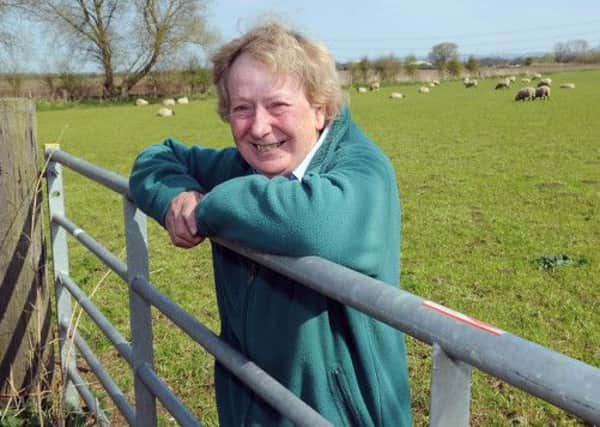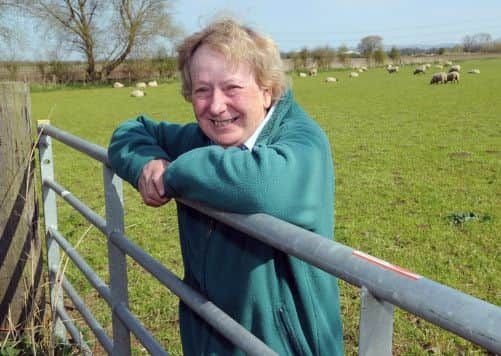Video: Farm pioneer who ploughed her own furrow


A rare breed back then, she had her mind set on becoming a farmer as a toddler, a livelihood not then considered a woman’s domain. It was a path that led her to become the first female to lead a county branch of the National Farmers’ Union (NFU).
Now retired, Margaret, 65, helps out in an assessing capacity to support students at Askham Bryan College, York, and has been sharing her inspirational story with visitors to the Yorkshire Museum of Farming in Murton, near York, as part of its Women and the Countryside series of talks which support the museum’s new Women’s Land Army exhibition.
Advertisement
Hide AdAdvertisement
Hide AdAt the time of the war, Margaret’s parents John and Barbara were farming at Corner Farm in Bielby, near Pickering, a farm which would change its name to Sandy Acre Farm before Margaret and her brother David took it on as their own.


She said: “I knew I wanted to be a farmer at about the age of three. My mother’s side of the family had a history of farming. All I ever wanted to do was to follow my father around as he took care of the animals. I was driving a tractor at eight or nine. But my grandma had lived through a depression and she tried to warn me off farming. ”
However, her interest had already been piqued. Margaret recalls: “When I was 11 I went to York market with my uncle and my grandad. When their cattle came out into the ring I said these aren’t our animals but no-one else could tell. I’ve always been able to recognise my own.”
Margaret was steadfast in her pursuit of an agricultural education. Even the passing of her father when she was just ten failed to deflect her. In the circumstances, Margaret’s uncles and her grandfather presided over the running of the farm.
Advertisement
Hide AdAdvertisement
Hide Ad“After leaving school I spent two years working on the farm and then two years at Writtle Agricultural College, near Cheltenham, which was the nearest institution to go to for the Agriculture Diploma. I was in a class of three females and 41 males but it didn’t bother me.
“I came back to the farm when I was about 21 and my brother went to college. When he came back we farmed. We had sheep – ewes that we lambed. We had 18-month fattening beef and grew sugar beet, potatoes and cereals. At that time it was such hard physical work. We didn’t have a tip-up trailer for example.”
Margaret’s involvement in farming organisations began as a teenager, joining the National Federation of Young Farmers’ Clubs. “They were short of members at a meeting so I stepped in and two months after that the Pocklington branch made me vice-chairman. Then they made me chairman of the East Riding Livestock Board before becoming county chairman of the NFU.
“I always stuck up for small farmers and the livestock side. What annoyed me most was this subsidy for small farmers but unless you had enough money to start with you didn’t qualify.”
Advertisement
Hide AdAdvertisement
Hide AdBy the 1990s, both Margaret’s family and her brother’s were living on the farm but prices for produce fell and the BSE crisis broke. To remain on an even keel financially, the Wilkinsons supplemented their income by branching out into contract work.
Margaret says she’s taken aback by how far farming technology has advanced in recent years but she has high hopes for the future of the industry.
“I think another 60,000 agricultural workers are wanted in the next ten years so I see a good future for young farmers. I spent all my life on a tractor but not one that had GPS which steer themselves.”